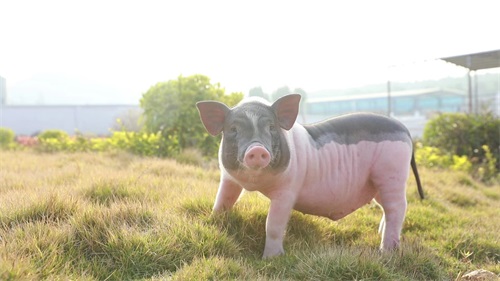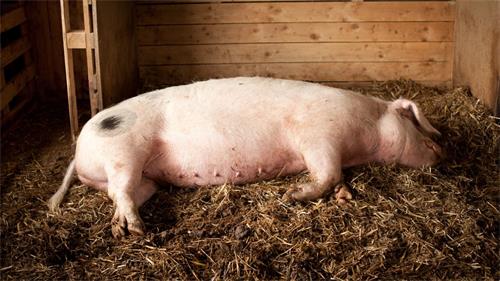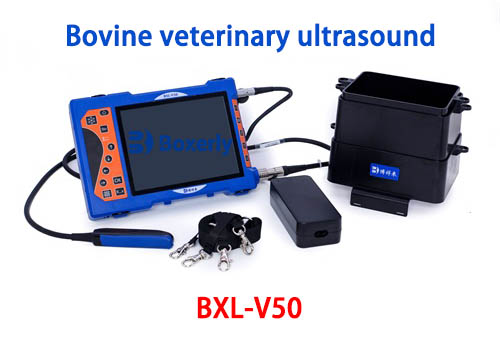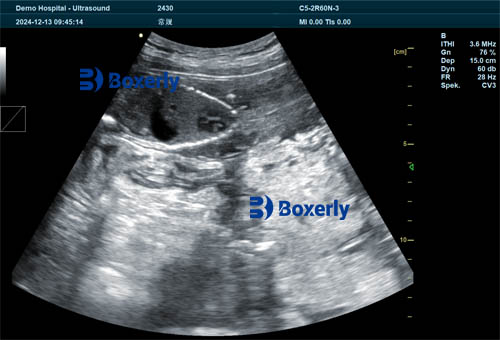Lately, many pig farmers have been asking about miscarriages in sows. It's no surprise — losing piglets directly affects herd size and farm profitability. These days, using a pig pregnancy scanner is becoming standard practice to monitor gestation, but many still aren’t clear on why miscarriages happen or exactly how the scanner helps. Let’s break it down clearly and practically.

Common Causes of Miscarriage in Sows
When a sow fails to conceive or loses the litter mid-pregnancy, it's often related to health and nutrition. A lack of essential nutrients like protein or vitamin E can hinder embryo development. Overconditioned sows — meaning those that are too fat — also face higher risks. Excess fat around the abdomen can compress the uterus, reducing blood flow and nutrient supply to the embryos, which can lead to miscarriage.
Sudden changes in feed formulas are another overlooked issue. If a sow’s diet changes too abruptly, it may cause digestive upset or stress that leads to pregnancy loss.
Poor management practices can also contribute. Pregnant sows that are bumped or overcrowded, or kept in cold, damp pens are more prone to losing their litters. Giving the wrong medications is another big one — drugs like laxatives or diuretics that stimulate the uterus should never be used during pregnancy. Feed quality matters, too. Moldy or spoiled feed can cause poisoning and trigger miscarriage.

How a Pregnancy Scanner Helps You Stay Ahead
A pig pregnancy scanner uses ultrasound to check the condition of the uterus — think of it like a B-scan used in human hospitals. By day 18 after breeding, it can detect whether the sow is pregnant. If she's not, you can rebreed her immediately, saving over 20 days’ worth of feed and avoiding a long empty period (also called a "non-productive day").
Experienced operators can even estimate litter size based on the scan images, allowing early adjustments to nutrition plans.
Proper scanning takes two people: one to gently restrain the sow, and the other to operate the scanner probe just behind the second-to-last pair of teats. A special ultrasound gel helps the probe make clean contact with the skin, and scanning at a shallow angle improves image clarity. Beginners may sometimes confuse the bladder with a pregnancy sac, but with practice, it becomes easy to tell them apart. The scanner doesn’t harm the sow in any way, and a quick wipe afterward is all that's needed. There's zero impact on her future farrowing.

Better Tools Mean Fewer Losses
Many farms now use the BXL-V50 for early detection of empty sows. If the first scan shows no signs of pregnancy, a follow-up a week later confirms it. If the sow is still not pregnant, it's time to rebreed — reducing wasted days and improving herd performance.
Scanners are also valuable for monitoring fetal development. Around day 70 of gestation, piglets start to develop immune function. If growth appears delayed at that stage, farmers can adjust feeding strategies in time. During the final month before farrowing, fetal growth accelerates dramatically, and making sure sows get enough nutrition then is key to producing healthy piglets with good birth weights.

Some farms use routine scanning to detect issues like stillbirths or mummified fetuses early on. By catching these problems in advance, overall litter size and farrowing success can be improved significantly.
tags:


